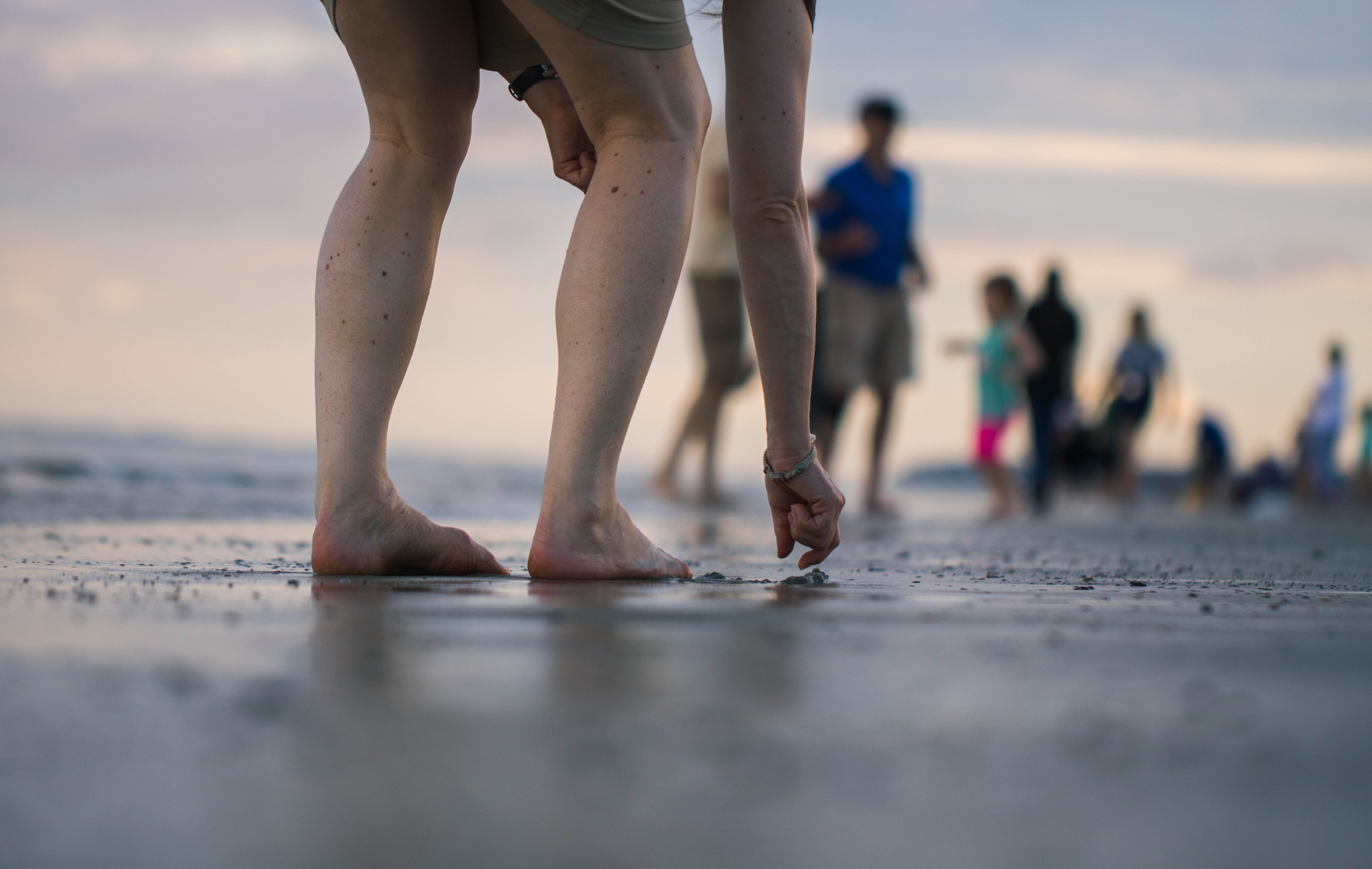Myositis antisynthetase syndrome
Some people with myositis may also have antisynthetase syndrome. Find out more about it.

What is antisynthetase syndrome?
Antisynthetase syndrome may be a further complication for someone with polymyositis (PM) or dermatomyositis (DM).
The syndrome is essentially the presence of specific autoantibodies in the body known as antisynthetase antibodies.
In a healthy person, antibodies are cells that form part of the body’s immune system. They help to keep the body well by recognising and attacking foreign proteins such as bacteria and viruses.
Autoantibodies, on the other hand, mistakenly attack healthy proteins in the body thinking they are foreign. When autoantibodies are present in the body, the immune system essentially turns its protective function against the body’s tissues.
A person with myositis antisynthetase syndrome will have either PM or DM together with one of several antisynthetase antibodies.
Eight antisynthetase antibodies have been found relevant to myositis. The most common is known as anti-Jo-1, but there is also PL-7 and PL-12. The other five have been identified but are much rarer.
In the case of antisynthetase syndrome, the particular protein these autoantibodies attack are aminoacyl-tRNA synthetase enzymes – these are essential for good muscle function.
A blood test screening for myositis-specific autoantibodies can be carried out to test for antisynthetase syndrome.
Who gets antisynthetase syndrome?
Antisynthetase syndrome can appear in people with polymyositis or dermatomyositis. The syndrome can also appear in people with other conditions like Raynaud’s disease, mechanic’s hands or polyarthralgia, and a major condition like interstitial lung disease (ILD). A person with the syndrome may have one or a combination of these conditions.
Antisynthetase syndrome is seen twice as often in women than men and typically occurs in people whose average age at the onset of myositis is 50.
What are the symptoms?
The symptoms associated with the condition involve all those typical of the conditions mentioned above (muscle inflammation for myositis, reduction of blood flow to the fingers in Raynaud’s and dry, cracked skin with regards to mechanic’s hands).
Other symptoms may include a fever or inflammatory arthritis. Interstitial lung disease may be the first or only symptom of the syndrome too (shortness of breath, coughing etc).
How is it treated?
Myositis antisynthetase syndrome is treated similarly to other types of myositis using steroids, but early and aggressive treatment is particularly important.
Everyone with the syndrome will be a fairly unique case which is why there may also be secondary treatment alongside side such as anti-TNF inhibitors for arthritis and immunosuppressants to treat lung disease.
Do people recover?
The long-term prognosis for a person with myositis antisynthetase syndrome varies depending on the severity of the condition and the symptoms.
It is considered a chronic illness and often requires long-term treatment. Yet those with myositis antisynthetase syndrome are generally very responsive to steroid and immunosuppressive treatment.
If the lungs are also affected, this can change the outlook somewhat. Those with progressive interstitial lung disease may have a worse prognosis because of respiratory problems, but in most cases the disease isn’t progressive.

